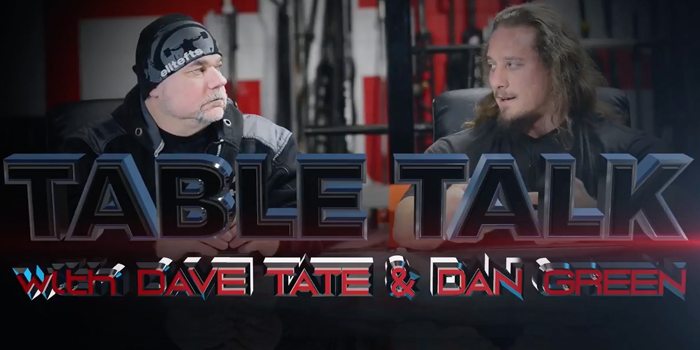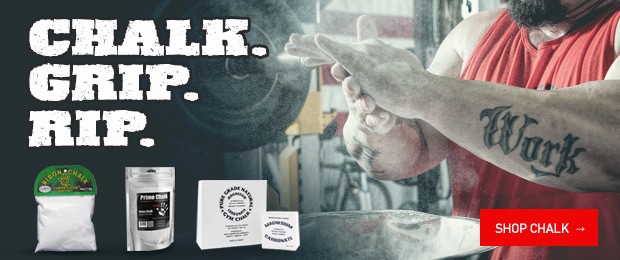
If you've been keeping up with the Table Talk series with Dan Green, you've heard a lot about mastering the technique of the main powerlifting movements. This should be priority number one for all powerlifters. Second to mastering technique, however, is building strength in each part of the main lifts. This is most often accomplished through secondary movements. For today's Table Talk, Dave and Dan answer a question about accessory exercises:
What are you go-to accessory movements and how do you choose them?
Dan starts by giving a general layout for how he designs a workout. First, you have main lifts, which are the ones you train for competition. Then you have secondary lifts, where you change one or two parameters from the main movements (such as a range of motion on a deadlift, bar position on a squat, etc.). Finally, you have bodybuilding-style accessory training.
The main lifts have the most complexity, which means you can train them for a long period of time in order to master the technique without needing to take a break, assuming you're using a reasonable loading pattern.
The secondary lifts then require that you master a specific aspect of the main movements. For instance, if you pause squat, the load is lighter and won't feel heavy on your back, but the important thing is how well you move when you come out of the hole. The same rule applies when you deadlift from blocks or from a deficit, for which you're changing your spinal position and working your strength from a different leverage point. These movements are meant to strengthen the main movements, which means you have to choose wisely.
Finally, the bodybuilding accessory work should be done with a lot of variation. These exercises also do not require mastery of technique; in Dan's words, once you've done a preacher curl, you know how to do a preacher curl. This means you can rotate through exercises more frequently than you can for main or secondary lifts. Dan demonstrates this point by sharing the rowing variations he uses for training his back.
Dave's advice is short, simple, and easy to follow: listen to Dan's response again, and apply it.










